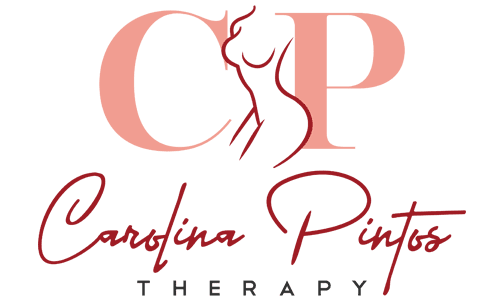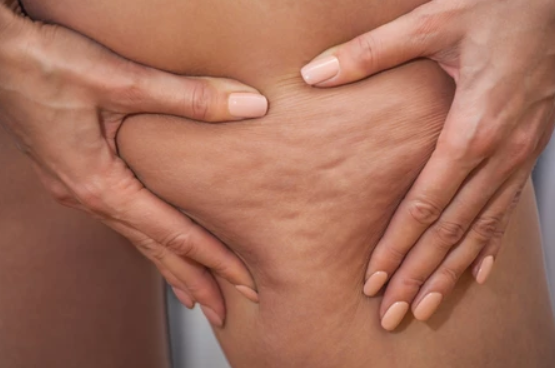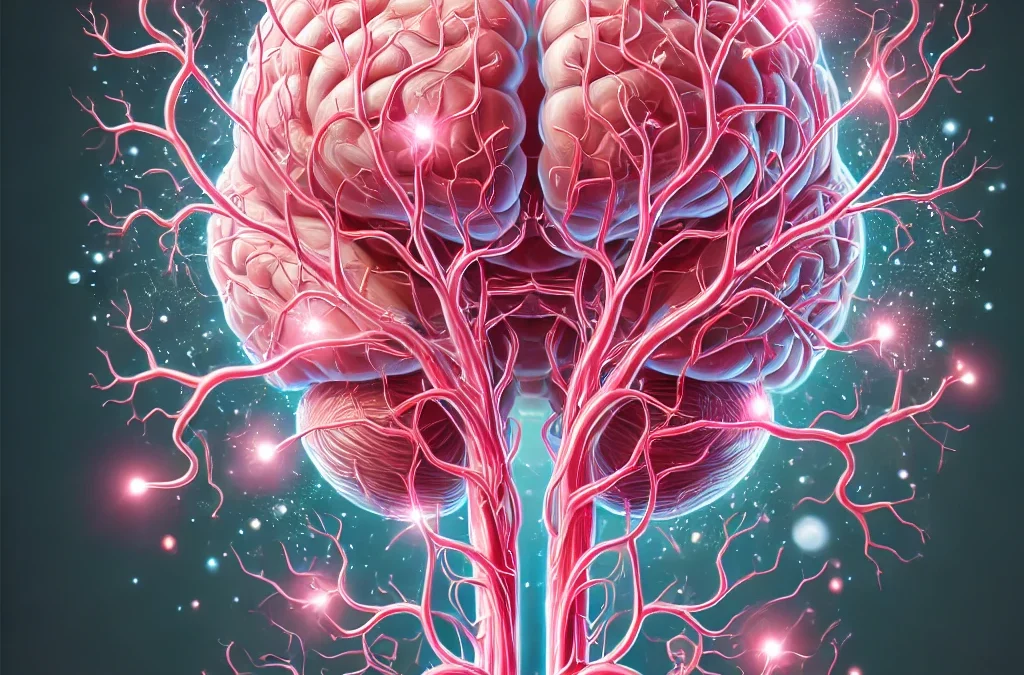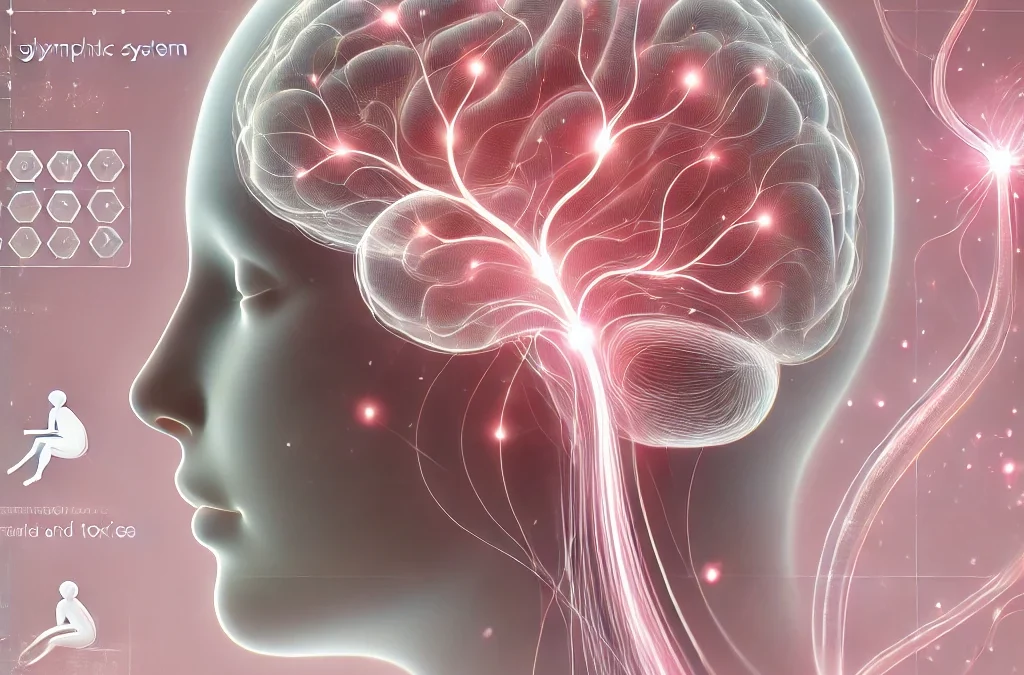Manual Lymphatic Drainage is highly recommended for the relief of pain, compromised blood circulation, edema during the period of gestational and menstrual tension, arterial hypertension, tense muscles, irritated skin, rheumatism, shaken nervous, stress, swollen tissue, scars hypertrophic and keloids, Fibroadenomatoid, pre and post plastic surgery treatments, post-liposuction and for general relaxation.
Manual Lymphatic Drainage should be avoided if the patient has severe and unmedicated bronchial asthma, acute eczema, fever, acute phlebitis and thrombophlebitis, untreated hyperthyroidism, arterial hypotension, acute infections, heart failure, kidney failure, and malignant neoplasms (cancer).
Drainage begins with stimulation of the body’s lymph nodes and then with movements to drain the lymph. The maneuvers are performed with light and gentle pressures, compressing only the superficial tissue, without reaching the musculature. The pace is slow and the number of repetitions of the maneuvers will need to be at least eight times at each location. Drainage will have to follow the direction of blood circulation and lymph flow, starting in the proximal region and soon afterward in the distal one. This consists of the concept that it is essential to empty before returning new liquids, otherwise, an already existing system would be even more congested.
The effectiveness of Lymphatic Massage or Manual Lymphatic Drainage has been observed after several postoperative periods. In one particular study, Dr. Soares and Dr. Alancar reported the effectiveness of Manual Lymphatic Drainage in the postoperative period of head and neck cancer. The study was carried out on three patients admitted to the ward who underwent surgery, in all cases a decrease in facial lymphedema was observed after surgery. In this study, a total of 10 sessions of 45 minutes were carried out and it can be concluded that in addition Manual Lymphatic Drainage procedure has alleviated the formation of edema, and also provided a more healthy and normal skin. The transport of the liquid that returned to the blood circulation, caused an improvement in oxygenation and cellular nutrition, reducing hematomas from the surgical process. Manual Lymphatic Drainage also played an important role in the compensation of the incisions, giving initiating a protective barrier from lesions, and contributing even more to the healing process (Dr. Soares and Dr. Alancar, 2011).
In another study, Dr. Guimaraes carried out research in which Manual Lymphatic Drainage was used in the postoperative period of abdominoplasty. The surgery was performed on a 39-year-old male patient and 15 Manual Lymphatic Drainage sessions were performed twice a week to analyze the effects of the treatment. The analyzed effects confirm the effectiveness of Manual Lymphatic Drainage in the reabsorption of interstitial fluid and consequently reabsorption of residual edema. The edema has visibly reduced, and the patient exhibited a sensation of relief from discomfort. In conclusion, Dr. Guimaraes states that Manual Lymphatic Drainage is effective and presents good results in the pro and post-operative recovery of abdominoplasty (Dr. Guimaraes, 2015).
I hope this article helped answer your questions regarding Manual Lymphatic Drainage after surgery. I, Carolina Pintos, am a licensed massage therapist and physical therapist here in Houston, Texas. If you have any further questions or comments. Feel free to message me or drop a comment below. I will be happy to have a conversation with you!
This writing is the original and exclusive property of Carolina Pintos and is protected under copyright law. Unauthorized use of the same without the express consent of Carolina Pintos will be subject to prosecution under applicable laws.





